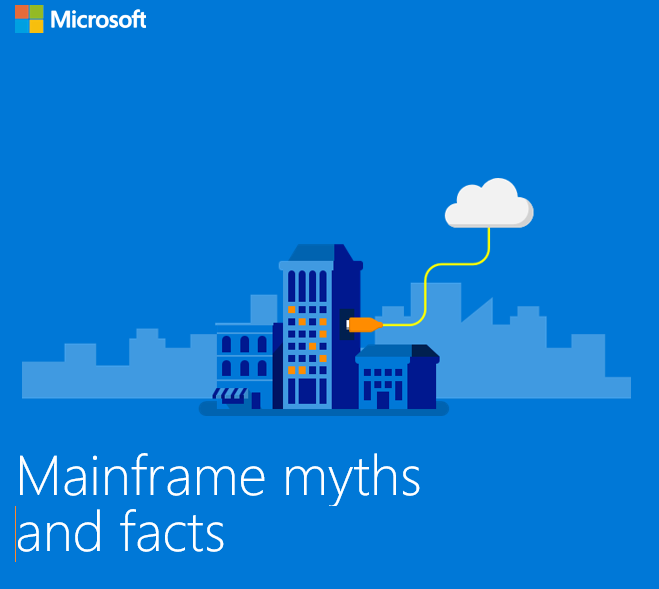NEW: Mainframe Migration on the Azure Cloud Adoption Framework
The Cloud Adoption Framework (previously Fusion and Enterprise Cloud Adoption) launched on Monday, February 11! The cloud presents a fundamental shift in the way enterprises procure and utilize technology resources. In the past, enterprises assumed ownership and responsibility of all levels of technology from infrastructure to software. Now, the cloud offers the potential to transform the way enterprises utilize technology by provisioning and consuming resources as needed. The Cloud Adoption Framework (CAF) provides the desired framework to guide decisions throughout adoption.
As part of this launch, we're showcasing four new articles from Larry Mead.
Many companies benefit from moving some or all their mainframe workloads, applications, and databases to the cloud. Azure provides mainframe-like features at cloud scale without many of the drawbacks associated with mainframes. Migrating to the cloud enables companies to modernize their infrastructure. With cloud services you can make mainframe applications, and the value that they provide, available as a workload whenever your organization needs it. Most Fortune 500 companies are already running Azure for their critical workloads. Azure's significant bottom-line incentives motivate many migration projects.
Mainframes figure prominently in the history of computing and remain viable for highly specific workloads. Most agree that mainframes are a proven platform with long-established operating procedures that make them reliable, robust environments. Software runs based on usage, measured in million instructions per second (MIPS), and extensive usage reports are available for charge backs. The reliability, availability, and processing power of mainframes have taken on almost mythical proportions. To evaluate the mainframe workloads that are most suitable for Azure, you first want to distinguish the myths from the reality.
Make the switch from mainframes to Azure (migration strategies)
As an alternative platform for running traditional mainframe applications, Azure offers hyperscale compute and storage in a high availability environment. You get the value and agility of a modern, cloud-based platform without the costs associated with a mainframe environment. This article provides technical guidance for making the switch from a mainframe platform to Azure.
Mainframe application migration (application strategies)
When migrating applications from mainframe environments to Azure, most teams follow a pragmatic approach: reuse wherever and whenever possible, and then start a phased deployment where applications are rewritten or replaced. Application migration typically involves one or more of the following strategies: rehost, retire, rebuild, and replace. You should consider starting by planning those workloads that you want to initially migrate, and then determine those requirements for moving associated applications, legacy codebases, and databases.
AzureCAT Guidance
"Hands-on solutions, with our heads in the Cloud!"



